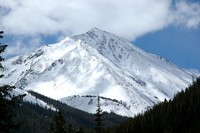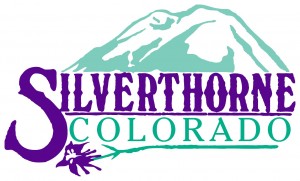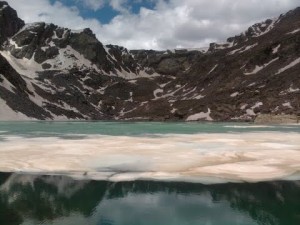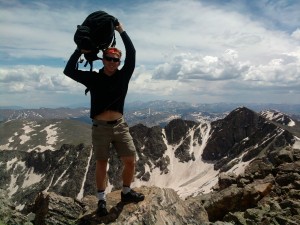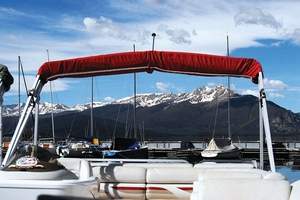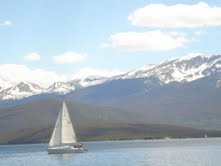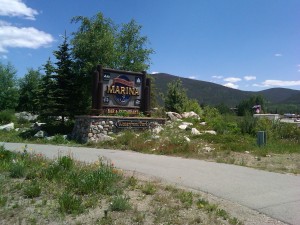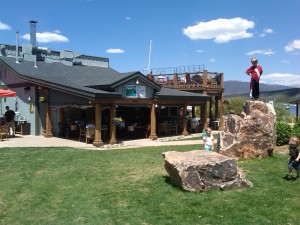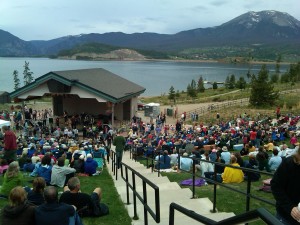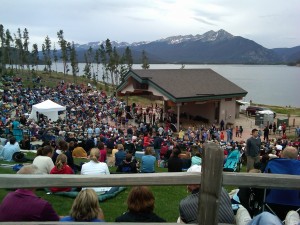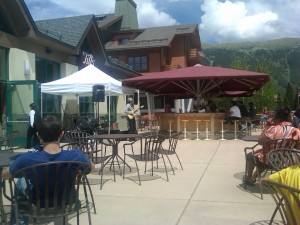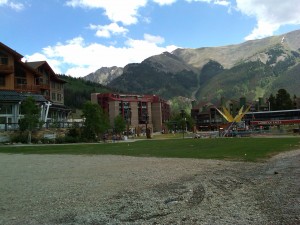On August 28 Summit Peaks and Riverside Lodges will be hosting the Torreys Peaks climbers for Project 54! Our Lodge goal is to raise $1,000+ for these kids around the world!
Here is a link to see more!
www.project54.org
What is Project 54?
It is an annual fundraising event of the Wilderness Ministry Institute. The goal is to raise money to outfit indigenous youth workers with the needed gear to share the Gospel with underprivileged youth through outdoor adventure.
Torreys Peaks Climbing details!
Overview
Along with its nearby neighbor Grays Peak, Torreys Peak holds the distinction of being the only 14,000-foot peak on the Continental Divide. Highly visible from Interstate 70, Torreys is a memorable symbol of the ruggedness of Colorado’s Rocky Mountains for millions of passing climbers and non-climbers alike. Although Mounts Evans and Bierstadt are closer 14ers to Denver as the crow flies, the close proximity of Torreys and Grays to the interstate and a well-trodden path to their summits ensures plenty of climbing activity around the year. While the crowds might create a fun, sociable environment for gregarious hikers, the parking lot fills up rapidly on summer weekends, and it often is standing room-only on the summits of both peaks.
Torreys is a large, complicated mountain with a variety of routes for climbers of many skill levels and interests. The standard route, a walk-up from Stevens Gulch, follows the Grays Peak trail to the Grays/Torreys saddle (13,700 feet), and then ascends Torreys’s south slope. Excellent hiking routes also exist from Loveland Pass to the northwest and Chihuahua Gulch to the southwest. While there are no recognized technical routes on Torreys, this peak is home to several classic scrambles, snow climbs, and ski descents. The class 3/4 Kelso Ridge route ascends Torreys’s northeast ridge in style, with sustained scrambling on clean rock, and an unforgettable knife-edge. The most popular snow climb (and expert ski descent!) is Dead Dog Couloir, with 50° slopes and a convenient finish near the summit.
Many other interesting climbs exist on Torreys’s steep and broken north face, the easiest being the class 2 Northwest Slopes. Emperor, described by Gerry Roach as “one of Colorado’s longest snow climbs”, is the mountaineer’s highlight. These climbs and others start from Grizzly Gulch.
| the Northeast |  Click on map for area overview
|
||
| Stevens Gulch Trailhead |
From Denver take I-70 West to the Bakerville exit #221 and proceed south on forest service road 189. Look for the brown forest service sign pointing the way to Grays Peak. Depending on road conditions, the clearance of your vehicle, and the number of cars in the Stevens Gulch trailhead parking lot, drive ~2 miles to the trailhead (elevation 11,150 feet). Routes:Standard route (Grays Peak trail), Kelso Ridge, Dead Dog Couloir. | ||
| Routes from the Northwest | |||
| Loveland Pass Trailhead |
From Denver take I-70 West. Near the Loveland Ski Area, exit US Highway 6 west. At the top of Loveland Pass (12,000 feet) on the left is a parking area.Routes: Loveland Pass | ||
| Routes from the Southwest | |||
| Chihuahua Gulch Trailhead |
From Denver take I-70 West. Near the Loveland Ski Area, exit US Highway 6 west. Proceed over Loveland Pass. At the east end of town, take Ski Valley Road south, which almost immediately becomes CR 6, which turns into CR 5. After 4 miles, turn left onto CR 260 BEFORE you hit the tiny town of Montezuma. Continue for 2 miles; a parking area is on the left with a fenced/bermed gate (elevation 10,500 feet). Routes:Chihuahua Gulch. | ||
| Routes from the North | |||
| Grizzly Gulch Trailhead |
From Denver take I-70 West to the Bakerville exit #221 and proceed south on forest service road 189. Look for the brown forest service sign pointing the way to Grays Peak. Continue for 1 mile, turn right onto FS road 189.1C for 0.3 miles and park. Four-wheel drive vehicles may continue about 2 miles up Grizzly Gulch. Elevation 10,320 feet. | ||
